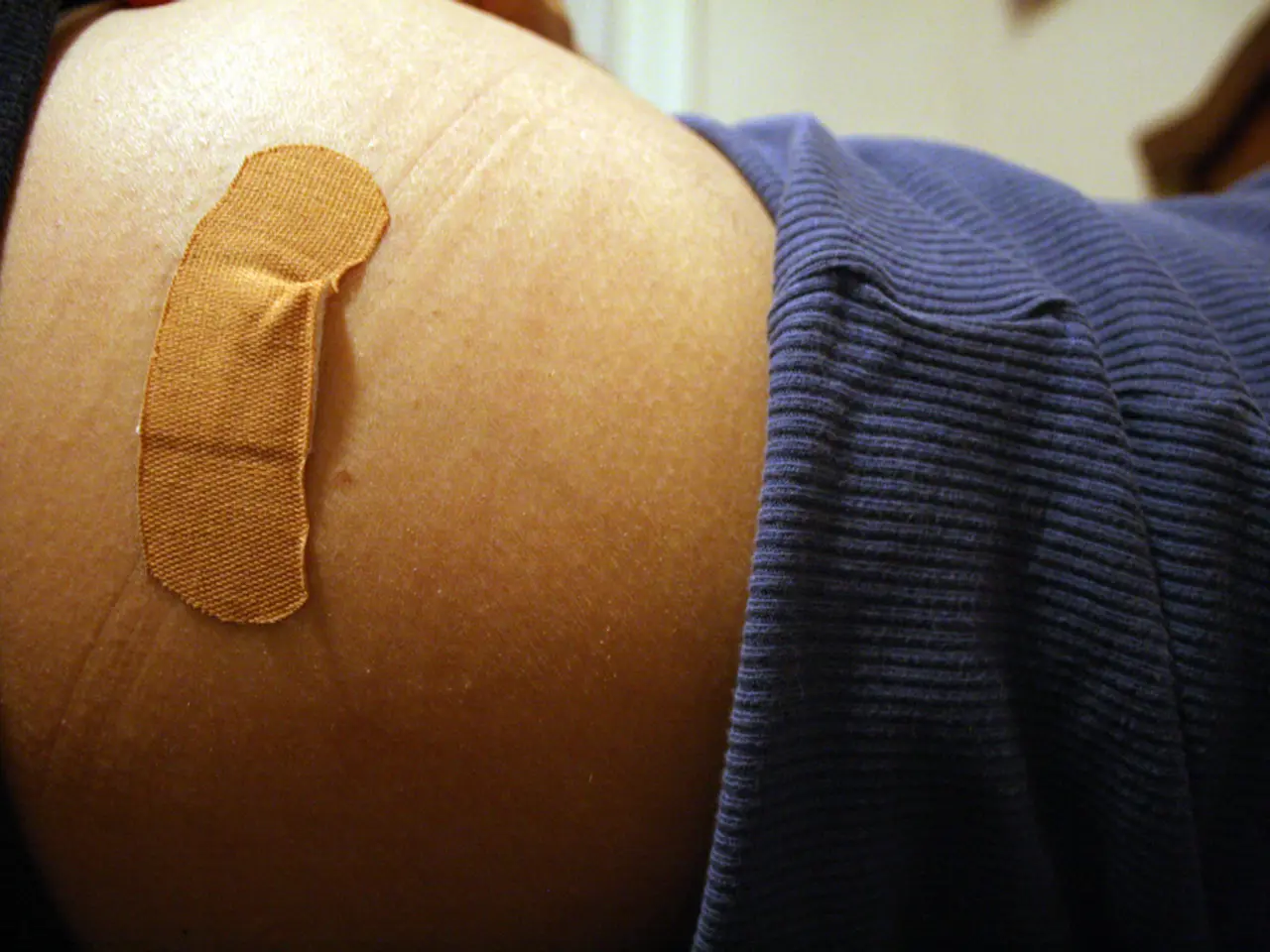Women: Know Your Breasts with Regular Self-Exams
Women are encouraged to perform regular breast self-exams to stay aware of their breast health between scheduled mammograms. This simple screening technique helps detect any lumps or changes in breast shape, size, or texture.
A breast self-exam involves two main steps: a visual inspection and a physical examination. During the visual exam, women should inspect their breasts for any changes in size, shape, or symmetry, as well as signs like dimpling, inverted nipples, puckering, or asymmetrical ridges at the bottom. The physical exam involves massaging breasts in a spiral pattern using varying pressure to check for lumps or abnormalities. It's recommended to perform these exams a few days after the menstrual cycle ends, or on a chosen day for those who don't menstruate. Keeping a journal of self-exams helps track and record any changes in the breasts. Most breast lumps are benign, but any abnormality should be evaluated by a healthcare professional. While mammography is considered more effective for screening, breast self-exams help individuals become familiar with their own breasts and can aid in earlier detection of abnormalities.
Breast self-exams are a crucial part of maintaining breast health. They should be performed regularly, with any abnormalities promptly evaluated by a healthcare professional. This simple technique, combined with regular mammograms, can significantly contribute to early detection and better outcomes.
Read also:
- Is it advisable to utilize your personal health insurance in a publicly-funded medical facility?
- Dietary strategies for IBS elimination: Aims and execution methods
- Benefits, suitable dosage, and safety considerations for utilizing pumpkin seed oil in treating an overactive bladder
- Harmful Medical Remedies: A Misguided Approach to Healing




